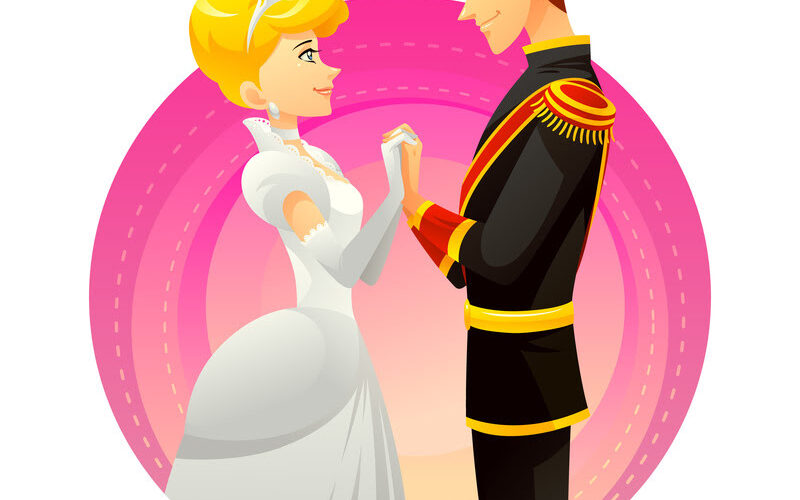Have you ever heard the word “movication”? It is not in the dictionary but was once used in the movie ”Pitch Perfect” when the main character tells the guy that she does not like movies, then he responds, “You need a movication.” Movication is a combination of movies and education used to describe learning about what movies teach the audience. However, do movies change the way of person thinks and affect their personality? Is there anything we can learn from them?
Can a person change personality by watching movies?
As people grow older, they gain new experiences and meet new people with different perspectives. Personality is developed by not just the features people are born with but also their cognitive and behavioral habits that affect how they think and act (Cherry, 2020). One method explains it and that is social learning. Social learning refers to learning through observation and interaction with others. In the study by Rendell et al. (2010), successful strategies to become a remarkable success of humanity were found with social learning, even though there was a piece of asocial information. External forces could influence people’s behaviors and thoughts. Kearney and Levin (2020) studied media influences on children and concluded that media depicting positive role models and mentors could help children achieve positive social and economic outcomes. They also stated that content with positive messaging could have a positive social impact.
What positive effects do Disney princess movies have on children?
Some critics say Disney princesses seem to have heavy gender role messages for kids and find it improper to sexually discriminate. Needless to say, many young girls have fantasized about becoming princesses after watching classic Disney princess films like Cinderella. Little boys can also wish to be princes and find true love with a princess or to be heroes and save a princess from evil. Those children do not just imitate fancy dresses and tiaras but also yearns for “happily ever after” and “rags to riches” scenarios (Hogge, 2019).
The definition of a role model often refers to an object motivating individuals to set and achieve high-minded goals (Morgenroth, Ryan, and Peters, 2015). Disney princesses portray role models in their respective eras. The princesses have gradually yet effectively protested the gender restrictions of the past in each movie while fighting for equality and ultimate success for women (Lueke, 2014). Snow White shows the hardworking attitude needed in the 1930s. Cinderella approaches self-preservation with optimism. Pocahontas challenges societal norms in order to advocate for herself. Belle is an intelligent female who cares more about a life with her father than the fact that the village citizens call her a funny girl. Tiana is a determined and hardworking female who pursues her biggest dream little by little. Anna and Elsa are powerful, self-assured women who are not afraid of success. Moreover, modern princesses like Moana and Elsa do not have a love story but rather a journey of giving tasks to each character. By allowing for character modernization, Disney was allowed to address their exterior and interior transformations connected to manners, faiths, and crucial values (StudyCorgi, 2022).
Video on demand first appeared in the 1990s. Before that, people went to video rental shops to watch movies at home. Still, today’s people love movies (thanks to internet services and streaming companies) and enjoy them on smartphones or tablets, especially kids whose parents play cartoons or Disney movies for them. The present generation spends more time with media and entertainment than before. Therefore, it is more likely that the media influence people. Then why not provide education and entertainment at the same time using Disney movies?
Reference
Cherry, K. (2020). The Psychology of Personality Formation. [online] Verywell Mind. Available at: https://www.verywellmind.com/personality-development-2795425 [Accessed 11 November 2022].
Hogge, R. (2019). Running head: ADOLESCENT AND ADULT FANDOM IN PRINCESSES PRINCESS OF PERFECTION: A STUDY ON THE CONNECTION BETWEEN ADOLESCENT FANDOM IN DISNEY PRINCESSES AND ADULT FANDOM IN KATE MIDDLETON by. [online] Available at: http://wagner.radford.edu/528/3/RHogge_Thesis_FINAL.pdf [Accessed 11 November 2022].
Kearney, M.S. and Levine, P.B. (2020). Role Models, Mentors, and Media Influences. The Future of Children, [online] 30(2020), pp.83–106. doi:10.1353/foc.2020.0006.
Lueke, A. (2014). The Disney Evolution: Princesses as Positive Role Models. [online] Available at: https://ecommons.udayton.edu/cgi/viewcontent.cgi?article=1030&context=uhp_theses [Accessed 12 November 2022].
Morgenroth, T., Ryan, M.K. and Peters, K. (2015). The Motivational Theory of Role Modeling: How Role Models Influence Role Aspirants’ Goals. Review of General Psychology, 19(4), pp.465–483. doi:10.1037/gpr0000059.
Rendell, L., Boyd, R., Cownden, D., Enquist, M., Eriksson, K., Feldman, M.W., Fogarty, L., Ghirlanda, S., Lillicrap, T. and Laland, K.N. (2010). Why Copy Others? Insights from the Social Learning Strategies Tournament. Science, 328(5975), pp.208–213. doi:10.1126/science.1184719.
StudyCorgi (2022). Disney Princesses: How Movies Impact Gender Roles | Free Essay Example. [online] StudyCorgi.com. Available at: https://studycorgi.com/disney-princesses-how-movies-impact-gender-roles/ [Accessed 12 November 2022].
